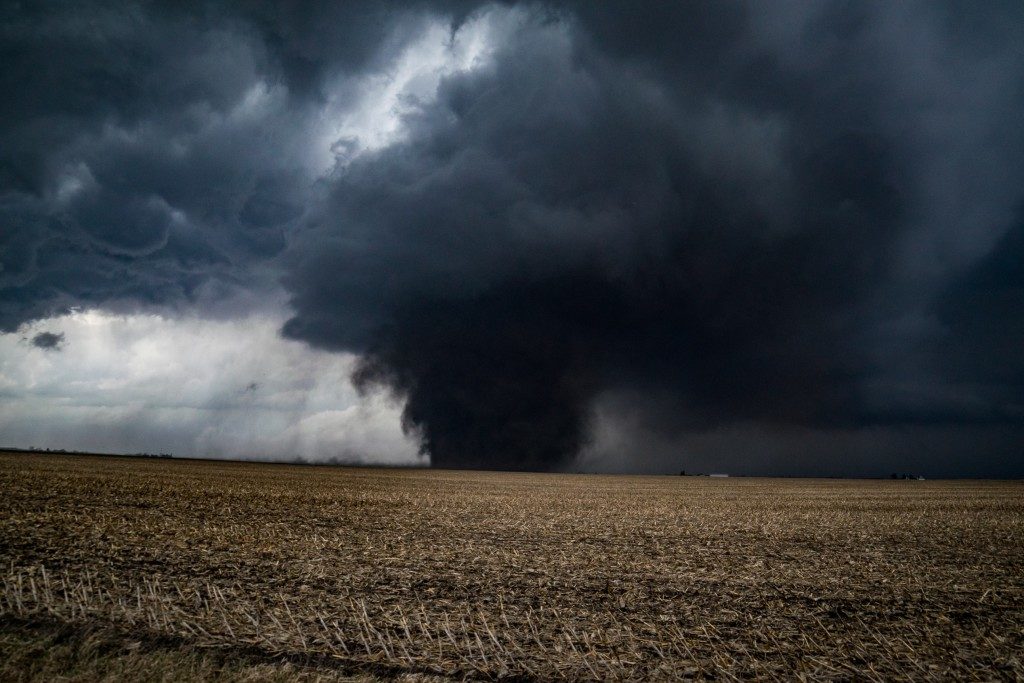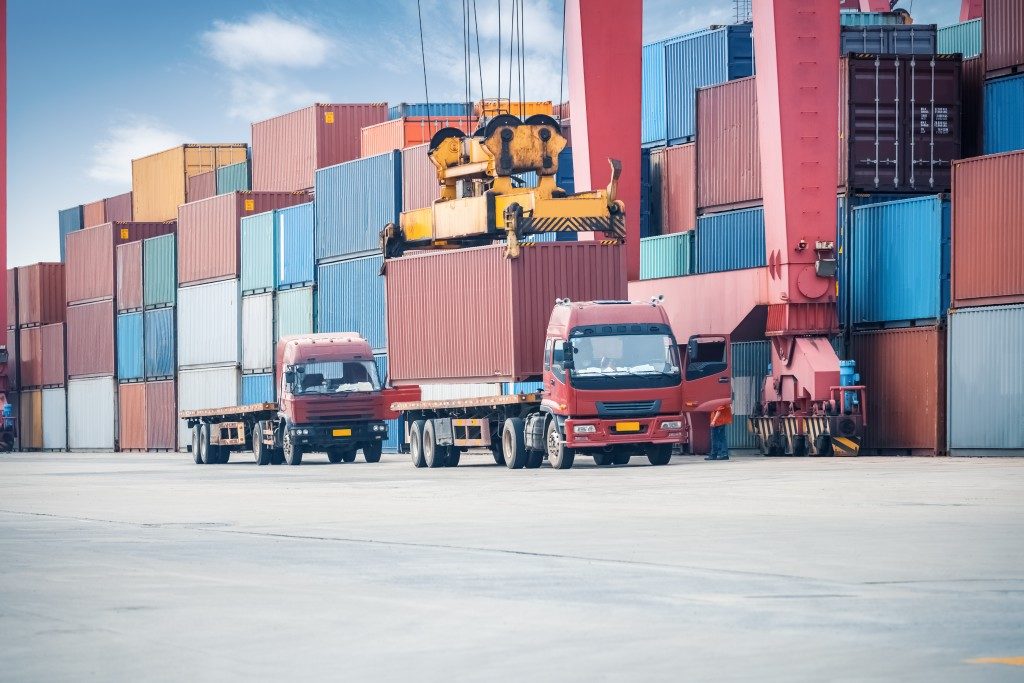Transporting goods through the seas and oceans has been a significant part of human history ever since the first ships were made. Shipping of goods and products has paved the way for international trade and has even affected nations’ growth and even conflicts. But, history lesson aside, the shipping industry constantly faces natural and human-made hazards that have existed for centuries despite developments in naval technology.
The Need for Insurance
As such, there’s no wonder that there are many types of marine insurances such as hull & machinery insurance (HMI), cargo insurance, and liability insurance. Whether you’re a shipping business owner or a company that uses employs shipping companies to transport goods, it’s essential to know the risks shipping industries always face:
Weather Hazards

Although ships are a lot sturdier and faster today, weather-related hazards such as hurricanes, typhoons, tropical cyclones continue to pose a considerable risk to vessels at sea. Storms, strong winds, and high waves are still known to damage or sink cargo vessels seriously. Luckily, with advances in technology, cargo ships can “see” or forecast any weather-related hazards through weather detection and meteorology, allowing them to reroute and avoid weather risks. Additionally, more modern container ships have become more and more durable and can withstand high stress, as well as minimise the chances of sinking.
Geographic Hazards
Geographical hazards refer to natural land formations as well as other solid natural structures that can cause harm to the ship. Geographic hazards include sand bars, rocky shores, coral reefs, sand bars, icebergs and any other natural formation that makes navigation risky. Perhaps one of the most popular examples of geographic hazard is the iceberg that sank the Titanic. Fortunately, advanced or modern navigational technology and mapping allow for ships to be aware of these hazards to help avoid them. Not only that, but most cargo ships nowadays can take a lot of damage without sinking or endangering the ship, its crew, and its cargo.
Technological Hazards
Technological hazards include issues with the ship’s hull, navigational equipment issues, and engine failure. Technical failure can cause delays or may even result in the cargo ship tipping over or sinking. Proper inspection and maintenance of all equipment and the ship’s structure is paramount to avoid these.
Man-Made Hazards
Human-made hazards could range from poor machinery operation to piracy. Anything that is caused by humans is considered as human-made hazards. Human error still accounts for 75% to 90% of marine accidents, which is why proper training and supervision of shipping industry staff and workers is essential to avoid such accidents. Piracy is still an ever-present threat in the shipping industry, although it has continuously reduced over the years due to cargo ships having well-equipped on-board armed guards.
Conclusion
There are many risks that shipping industries regularly face, luckily, there are also many marine insurers and insurances that can help protect your ships (as the shipping company owner) and your cargo (as the shipping industry customers). For shipping owners, knowing the risks helps you to be warier and careful to avoid these hazards. Those who have their goods transported through shipping companies would be able to find the best and safest shipping lines to transport their goods and pay more attention towards the insurances that cover their goods in case of any accidents or catastrophes.




